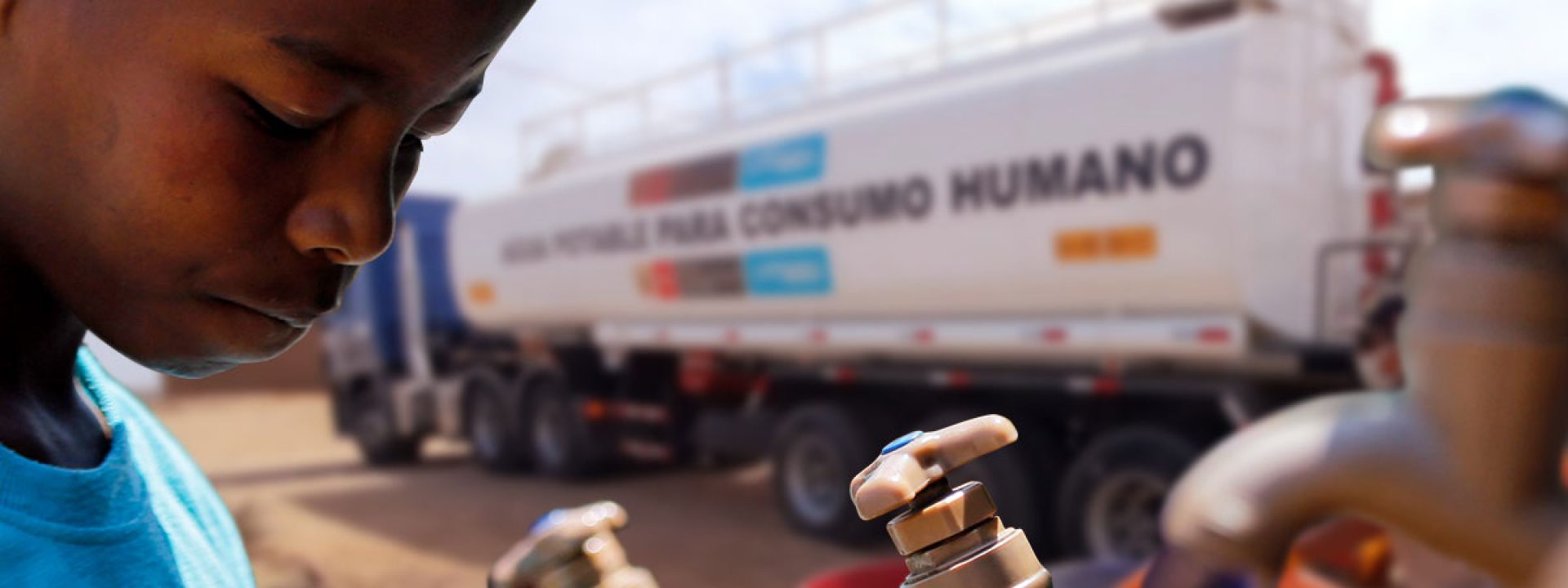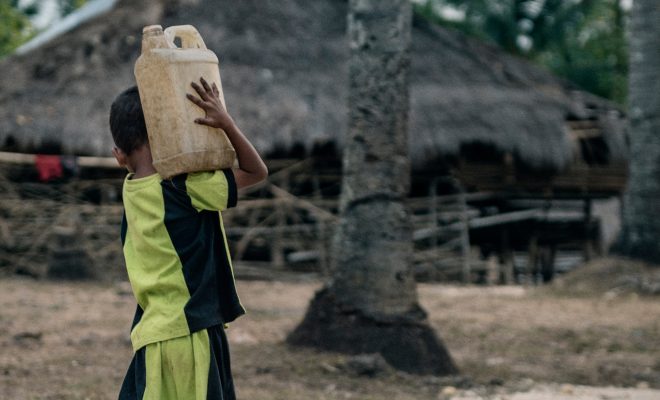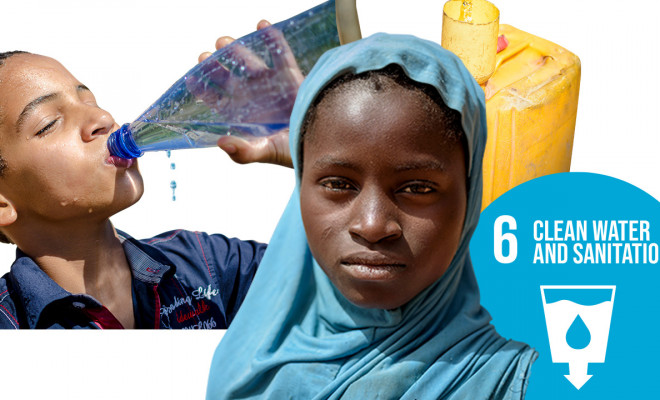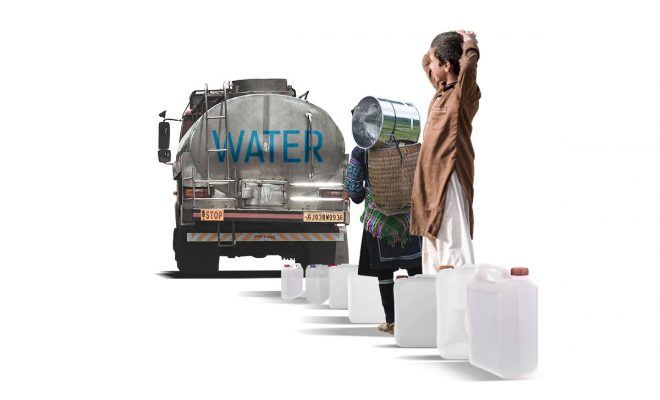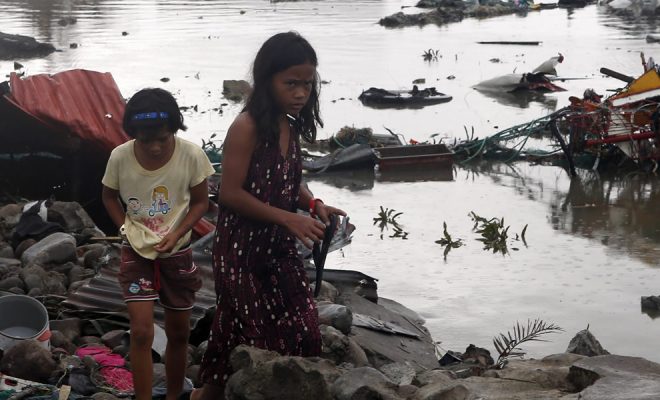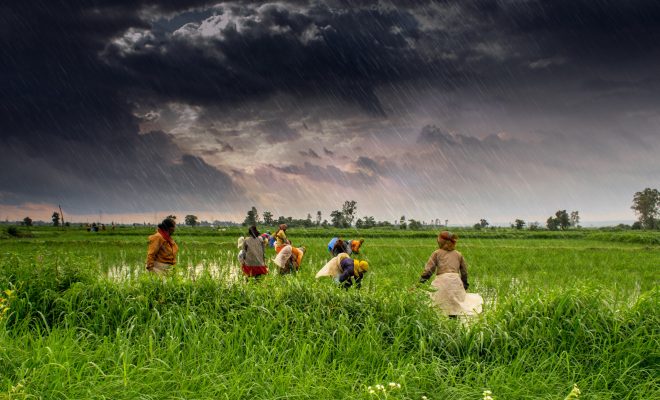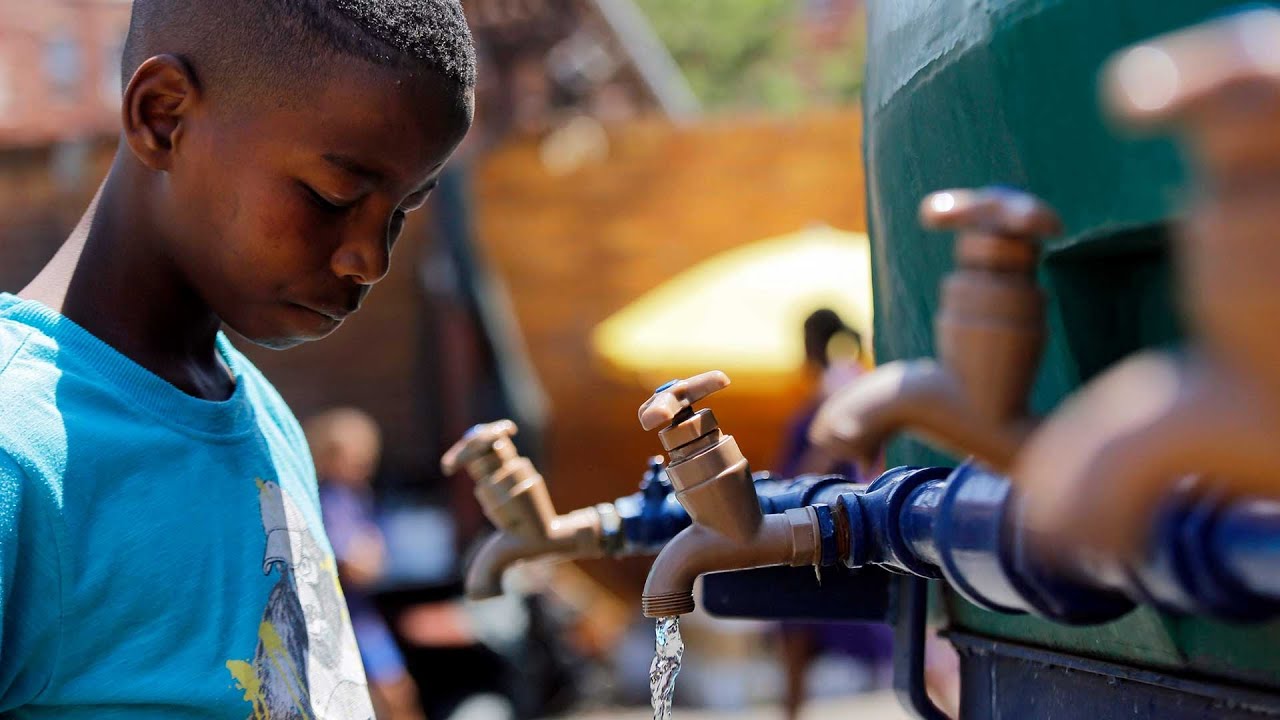
The solution of transporting water in tanker trucks is spreading in many areas of the world where the supply does not reach. Decades ago, when access to water became increasingly difficult in many communities due to overexploitation and contamination of aquifers and rivers, the mismanagement of many governments and the abandonment of the supply infrastructures of the weakest and most vulnerable communities became evident.
The transport of drinking water becomes essential in many of these situations where there is no alternative. A clear case is that of natural disasters, when floods or earthquakes destroy access and sanitation infrastructures, creating a double problem of lack of water and fecal contamination of the water table through flooded wells.
These problems have been recently compounded by the Covid-19 pandemic, recurrent droughts due to climate change, and prolonged armed conflicts. According to UN Water, millions in rural and urban areas have become dependent on water trucking. Depending on government attention or their economic capacity, some receive it directly to their homes. Still, most have to go to sources that have dried up, trusting that the trucks will have refilled them, or to specific delivery points at discretionary times to fill their containers and get water for drinking, cooking, and washing.
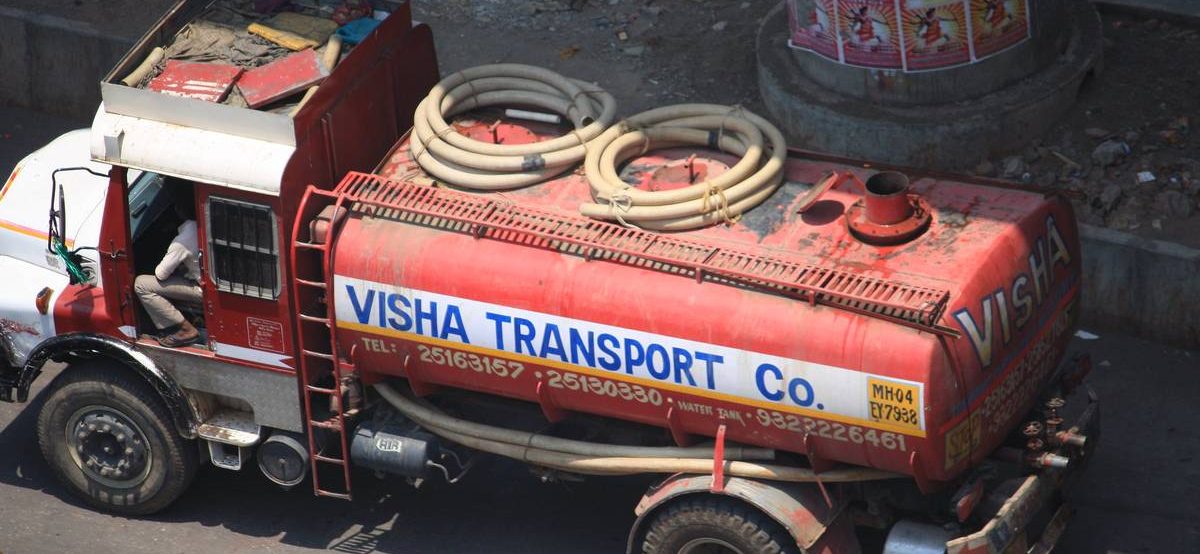
Millions of households around the world need water from tanker trucks to live. © Andrew Thomas
An unregulated, insecure, and often abusive market
According to a World Resources Institute study, the market for water trucking is booming in the world’s most water-stressed regions: much of South Asia and parts of the Middle East, Latin America, and sub-Saharan Africa. The study shows data from extreme situations; for example, over the past ten years, in Karachi, Pakistan, the water tanker fleet has doubled, and in Lagos, Nigeria, it has quadrupled.
Socio-economic factors create very different contexts; the cases of the Chilean province of Petorca, Lima, the capital of Peru, and Yemen give an idea of the complexity of the causes and their solutions.
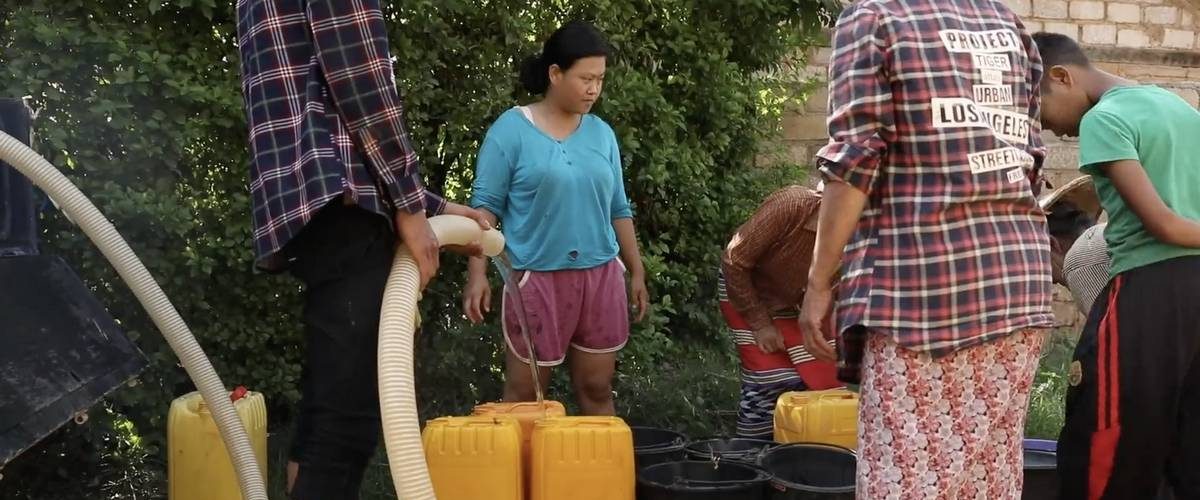
The market for water trucking is booming in the world’s most water-stressed regions.
The case of Petorca: persistent drought and intensive agriculture
A study by the University of Chile has analyzed the prolonged drought that began in the province of Petorca in 2010 and is still making itself felt in an area with dwindling water resources. In 2019, more than 383,000 rural households were living without drinking water. The governmental reaction was the immediate distribution of drinking water for human consumption by tanker trucks; given the persistence of the drought, this situation has become permanent and with no short-term alternative. Currently, 15.4% of rural communities receive water from tanker trucks. In Cabildo, one of the main municipalities of Petorca, the water consumed by its 22,000 inhabitants arrives in trucks.
The cause? The study points to the 16,000 hectares of avocado plantations when in the 1990s these did not reach 2,000. Each hectare of these plantations needs about 100,000 liters of water per day, a more significant amount than the one required by the traditional and diversified crops that existed before: potatoes, tomatoes, fruit trees, flowers, and vegetables. Avocados take up as much water as 1,000 people.
The case of Yemen and Ukraine: war
Since March 2015, the civil war in Yemen has destroyed water infrastructure and disrupted supplies for four million people who rely on water tankers. But that water does not always reach everyone. The war is the cause of the lack of fuel that prevents the trucks from reaching their destination.
This water shortage only aggravates the consequences of the destruction of sanitation facilities. The population faces a high risk of waterborne diseases and epidemics; the worst is cholera as, since 2016, it has caused more than 3,500 deaths and affected 1.7 million. Hunger is another consequence: according to UNICEF, one in five children in Yemen today suffers from malnutrition, and more than half of the population is severely food insecure.
Water transport by road is also dramatically present in Ukraine, especially in areas where shelling has destroyed the infrastructure, but also in the border refugee camps which, according to UNHCR, have registered to date the passage of more than 8.7 million migrants. Almost all of them have needed water transported in trucks to drink, cook, and wash.
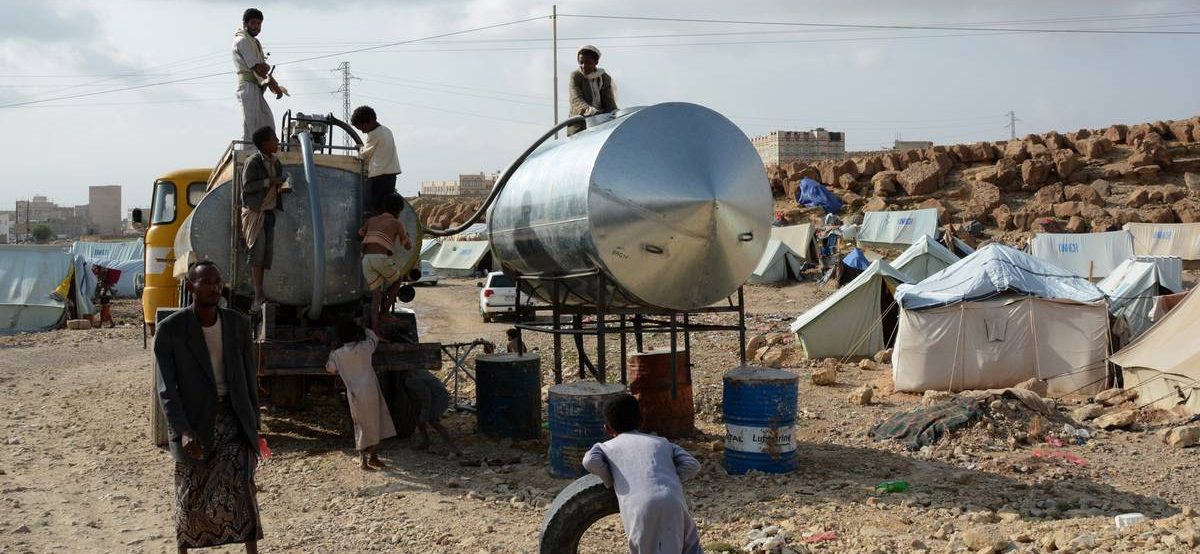
The civil war in Yemen has destroyed water infrastructure and disrupted supplies for four million people who rely on water tankers. © IDP camp in Sa’dah. Yemen /OCHA / Philippe Kropf
Lima: endemic government neglect
Climate change is restricting the little rainwater that usually falls in Lima. The approximately 10 million inhabitants of Peru’s capital city have unequal access to water; some 1.5 million people are not connected to the mains supply. Many of the poorest households in the city’s sprawling metropolitan areas rely exclusively on tanker trucks for their water, paying amounts many cannot afford.
During the Covid-19 pandemic, in the face of the economic collapse of many families, the government provided free water to more than 800,000 people in Lima and Callao. Since the beginning of the state of sanitary emergency and until March 2022, 10.4 million cubic meters of drinking water have been distributed in 25 districts, adding up to one million tanker truck trips.
Water for today, but what about tomorrow?
According to the World Bank, up to 1.9 billion urban dwellers could experience seasonal water shortages by 2050. The number of water tankers will increase in the future. The World Bank itself lavishes support, as it is a more viable short-term alternative to making the necessary investments in supply infrastructure in the neediest areas. But, as many experts point out, using trucks is a double-edged sword that does not guarantee long-term water security.
The rapid increase in demand has created a poorly regulated emerging market. NGOs report constant abuses by informal operators, who in some areas charge up to 10 times the price of water previously paid by consumers.
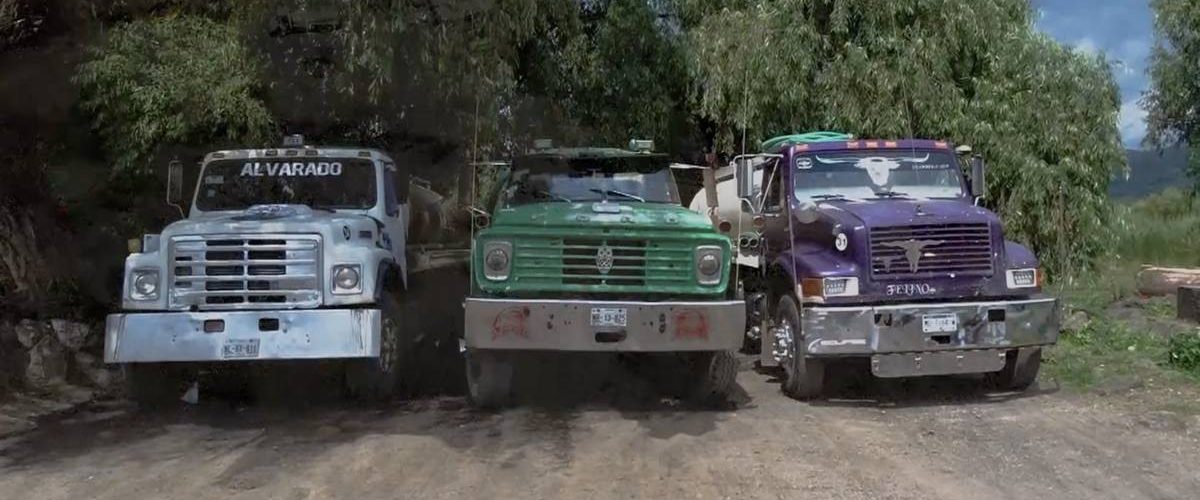
According to the World Bank, up to 1.9 billion urban dwellers could experience seasonal water shortages by 2050. The number of water tankers will increase in the future.
This encourages the economically powerful to pay for exclusive services and to monopolize outside water sources, often illegally. It happened in Cape Town in the 2017 and 2018 water shortages, and in Chennai, India’s sixth largest city, in the summer of 2019, when fleets of thousands of private tankers transported water from outside the city, not always from authorized sources.
Moreover, on some occasions, the healthiness of the supplied water is not guaranteed, and cases of contaminated water have been detected, making people sick. Many of these cases have increased in India and Nepal, countries where the demand for trucked water has skyrocketed.
On the other hand, many environmental and humanitarian aid organizations denounce that these mobile tankers are linked to water privatization. This is caused by the haste of the administrations which put out to tender access to the water sources in a way that does not guarantee equity and environmental care.
The future of those who depend on trucked water is unclear. Climate forecasts, with droughts on the rise in many of the most demanding areas and the overflow of governance may encourage a short-term vision leading to a “water for today, thirst for tomorrow” situation that mortgages the future of water access. Many experts, especially in South America, are proposing to develop the concept of a “hydro-social network” to integrate water trucking into the government-regulated supply network, as it is now excluded from the category of infrastructure or waterworks. It is essential to consider this to avoid the helplessness of the neediest consumers.


